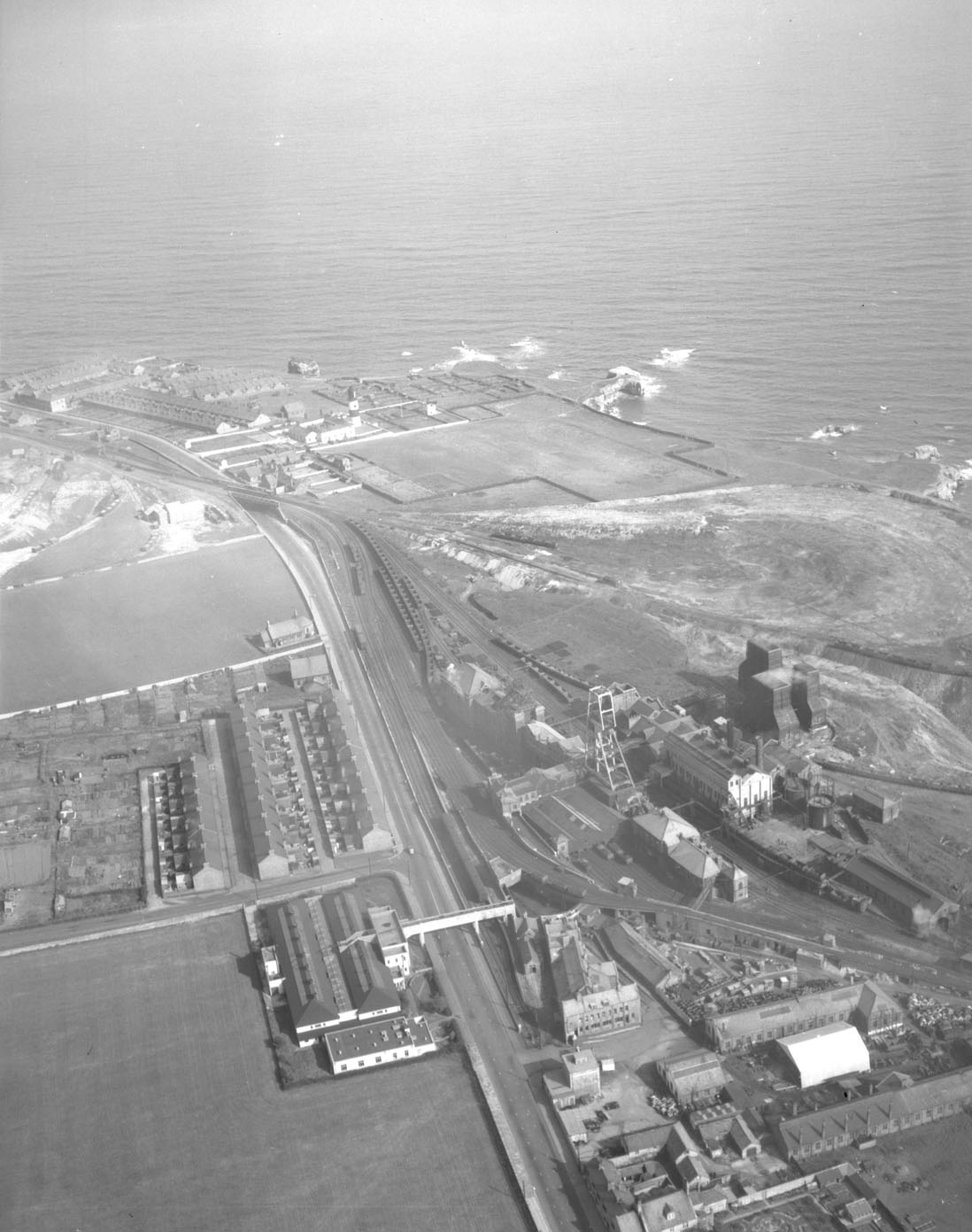
Whitburn
Whitburn Lodge (Hope House)
Last Updated:
10 Jan 2025
Whitburn
This is a
Farm, Dwelling, Offices, Pub
54.964393, -1.365786
Founded in
Current status is
Ruined
Designer (if known):

Pending demolition as of Jan 25
Another sad tale of a historic pub going to pot on the road between Marsden and Whitburn. Whitburn Lodge has been closed since 2012, and since has been a source of vandalism as well as an illegal cannabis farm...
Its history dates back a couple centuries. In fact, this building is illustrated as far back as 1839 on tithe awards, allowing us an insight to its owners. This was originally a messuage named "Hope House", owned in the 1830s by Thomas Baines Esq. and leased to a William Dunn. Howewer, we can see the total transformation of the buildings on the southern end, implying the modern Lodge building fates sometime between the 1840s and 1850s.
The estate stretched as far north as the limekilns to around 50m south. Some sources state it goes back to the 18th century, but at this time featured a few outbuildings and a gin gang - that circular structure at the rear. An 1820s advertisement also states it featured stables, threshing machine, stack yard and fields totalling 102 acres. It also states it "commands a very extensive and beautiful land and sea prospect, and to those who are fond of sea-beathing presents every accomodation, being within ten minutes walk of the sea beach".
The house remained a stables into the 1870s, when it was owned by a Mr Arthur Crow. A full firesale of horses and bulls were sold alongside a ton of farm equipment. This may trigger the change of purpose for this site.
At some time before the 1890s, this complex became the colliery offices for the Whitburn pit. Here paperwork will have been filled, payslips sent and communications dispatched. In the front they landscaped a pretty garden & courtyard area to give a "face" to the colliery for visitors.
At some stage, the cottages were also housed for miners, but it finally became a pub in 1987 after some years of dereliction after the closure of the colliery. Carol Johnson and Joe Ramsey were the first publicans. Operations continued until 2012, and here we are after fires and cannabis ventures! Fingers crossed we see some movement.
Listing Description (if available)


The tithe award and Ordnance Survey map above illustrate Hope House, later Whitburn Lodge, from the 1830s to the 1850s. At this time the lane terminated at Hope House, as thereafter there was no Souter Lighthouse or Marsden. It simply turned into a well trodden path along the cliffs which eventually meets Marsden Rock. Lizard Lane remained the primary thoroughfare between Shields and Sunderland.
The main contrast between the two images is the lack of the circular structure demolished sometime between. This was certainly a gin gang - a horse engine normally connected to a threshing machine which separated grain from the husk. The southern side of the complex was originally composed of two buildings, which were either converted into one or demolished for our structure. Therefore, we can firmly date the Lodge to between the 1840s or 50s.

Great change was seen between the 1870s and 80s, when Whitburn Colliery was sank and opened. Terraces were constructed and the industrialisation of the land was apparent. Our building stood directly adjacent to the pit, so was bought by the colliery company to utilise as their offices. This likely remained the case right until the end in the 1960s and can be seen on the aerial image below.

Photograph of Whitburn Lodge before demolition, taken in December 2025. Given its historic significance to the area, it's a sad shame to see it go but it's somewhat inevitable.

The building can be seen right at the bottom of this aerial shot covering the colliery and lighthouse. Source: Tyne & Wear Archives

The crumbling render and remaining lettering still clinging on. The dressed stone wall will also have been original from Hope House and composed of local stone from the nearby quarries. Taken in December 2024
